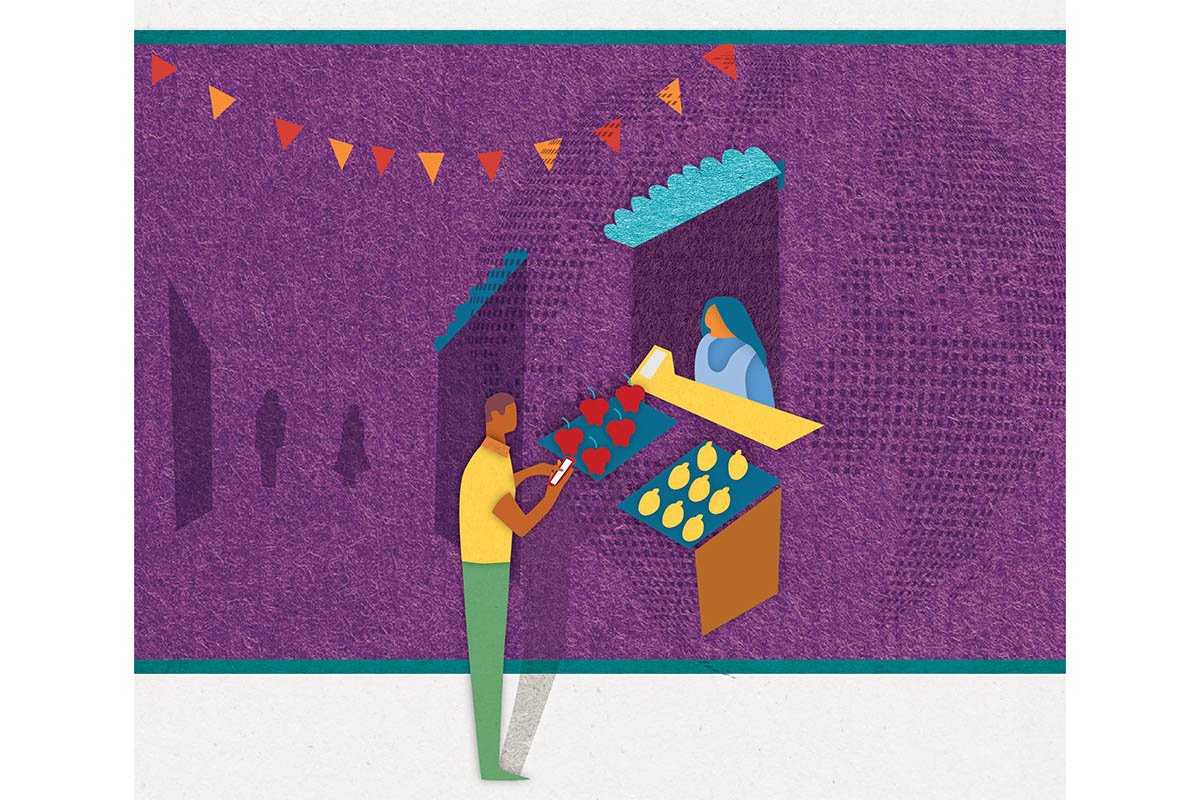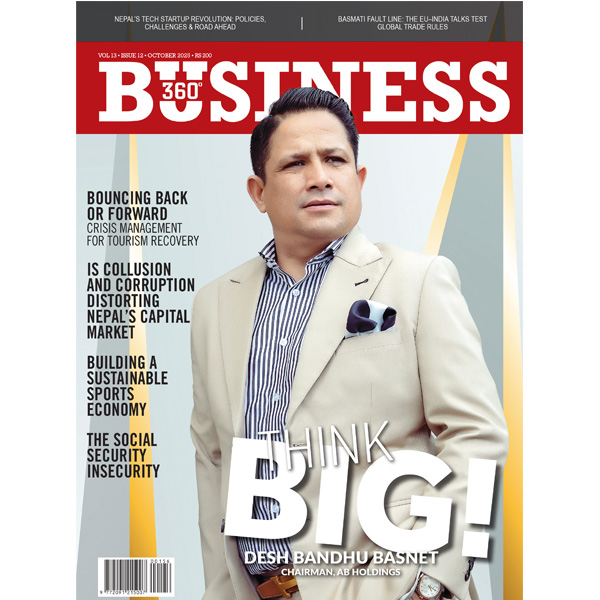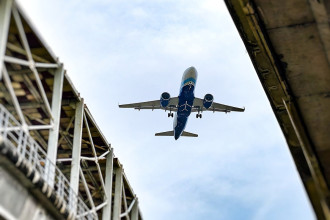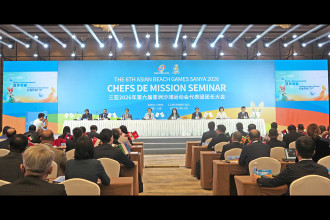
- Number of adults using accounts to save rises at fastest rate in a decade
WASHINGTON: More adults than ever in low- and middle-income countries now have a bank or other financial account, leading to a rise in formal saving, according to the World Bank Group’s Global Findex 2025 report.
Mobile phone technology played a key role in this surge, with 10% of adults in developing economies using a mobile-money account to save, a 5-percentage-point increase since 2021. In 2024, 40% of adults in those economies saved in a financial account, a 16-percentage-point rise since 2021 and the fastest increase in more than a decade. Higher personal savings through banks or other formal institutions fuel national financial systems, making more funds available for investment, innovation and economic growth. In Sub-Saharan Africa, formal savings increased by 12 percentage points to 35% of adults.
“Financial inclusion has the potential to improve lives and transform entire economies,” said World Bank Group President Ajay Banga. “Digital finance can convert this potential into reality, but several ingredients need to be in place. At the World Bank Group, we’re helping countries secure new or improved digital IDs. We’re constructing social-protection programmes with digital cash-transfer systems that deliver resources directly to those in need. We’re modernising payment systems and removing regulatory roadblocks so that people and businesses have the financing they need to innovate and create jobs.”
Bill Gates, Chair of the Gates Foundation and a supporter of the Global Findex, said, “More people than ever have the financial tools to invest in their futures and build economic resilience, including women and others previously left behind. This is real progress. The case for investing in inclusive financial systems, digital public infrastructure and connectivity is clear—it’s a proven path to unlocking opportunity for everyone.”
The Global Findex is the definitive source of data on global access to financial services, from payments to savings and borrowing. The report highlights a major milestone: nearly 80% of adults worldwide now have a financial account, up from 50% in 2011. Yet 1.3 billion adults still lack access to basic financial services. Mobile phones could help close this gap: around 900 million adults without financial accounts have a mobile phone, including 530 million with smartphones.
Investment in systems that enable instant money transfers—such as UPI in India or PIX in Brazil—could further extend financial usage. Stronger consumer-protection frameworks and efforts to make phones and accounts more secure would also help.
Findex data show digital services are narrowing the gender gap: globally, 77% of women have accounts compared with 81% of men. In low- and middle-income countries, women’s account ownership has nearly doubled from 37% in 2011 to 73% in 2024.
For the first time, the report includes data on personal mobile phone ownership and internet use. Globally, 86% of adults own a mobile phone and 68% own a smartphone. However, of the 4 billion adults in low- and middle-income economies who own a mobile phone, only around half use a password to protect their device.
Across all developing countries, digital merchant payments are on the rise. In 2024, 42% of adults made an in-store or online payment, up from 35% in 2021. Three-quarters of adults receiving government payments, and half of wage earners, have their money paid into an account, helping to reduce theft and ensure funds reach the intended recipients.
Regional highlights include:
East Asia and Pacific: The region leads the world in digital connectivity and use of financial services: 86% of adults have a smartphone, and 83% of adults have a financial account.
Europe and Central Asia: The region has the highest internet usage and social media engagement rates among developing economies. Mobile phone ownership rates top 94%.
Latin America and the Caribbean: About 70% of adults have an account, and over half use their account digitally, using a card or phone.
Middle East and North Africa: Account ownership rose to 53% from 45% in 2021. In 2024, 17% of adults save formally, up from 11% in 2021.
South Asia: Nearly 80% of adults own an account, although the high rate is driven by India, where 90% of both men and women have an account, and 65% own a mobile phone.
Sub-Saharan Africa: Account ownership in Sub-Saharan Africa grew to 58% of adults, up from 49% in 2021. Use of mobile money accounts is at the highest levels in the world.



-1761818683.jpg)


